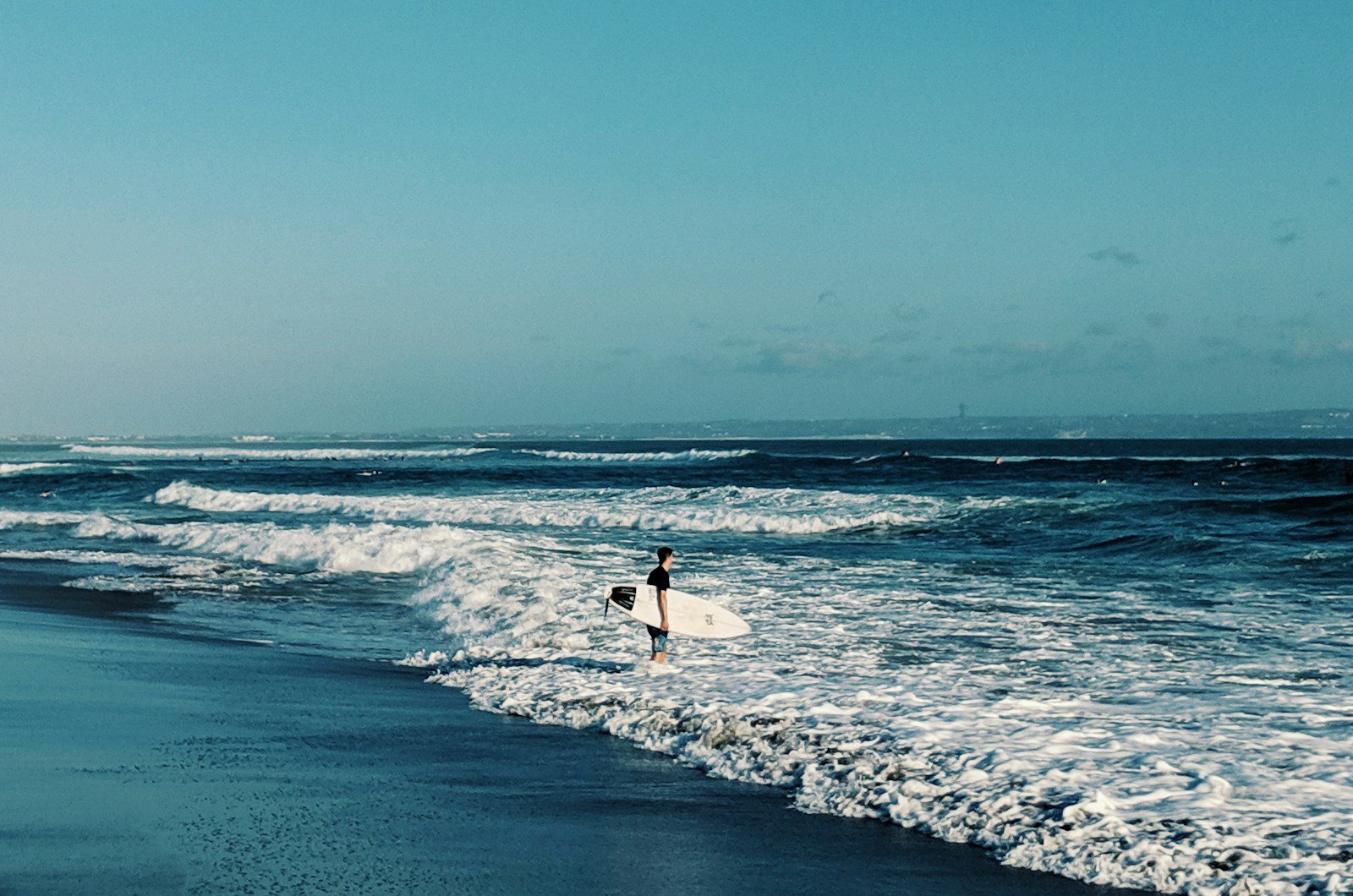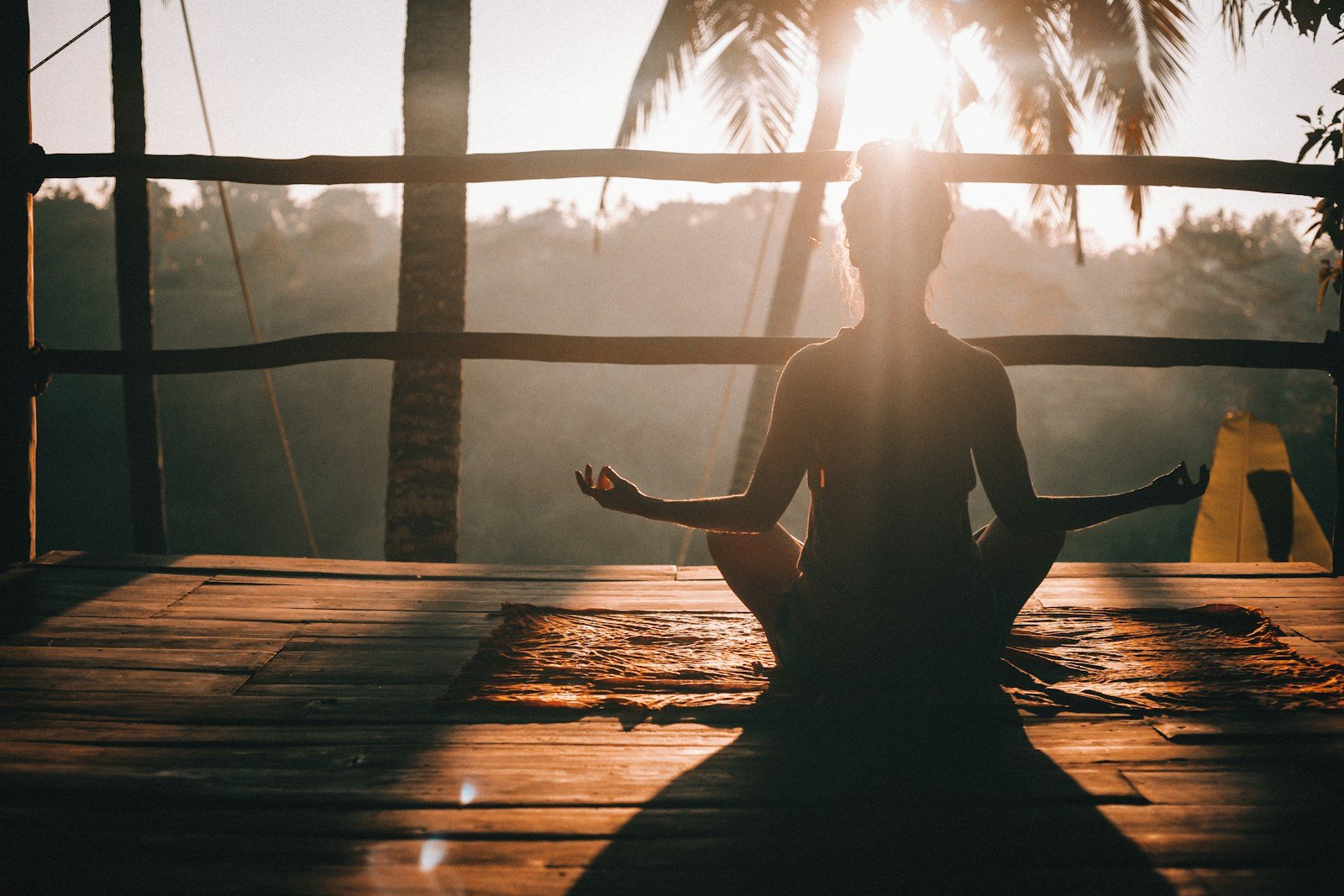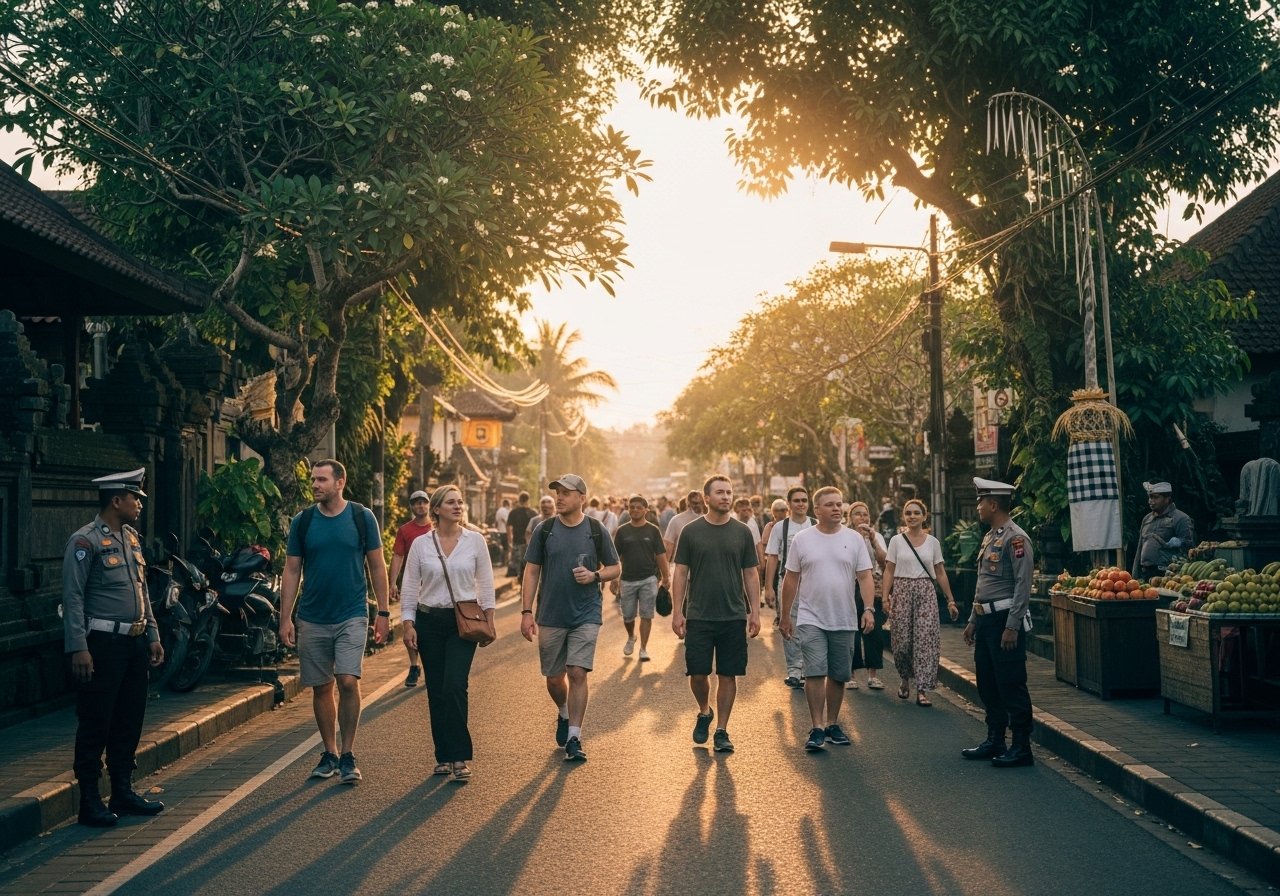Why Bali is Perfect for Learning to Surf
Bali is an absolute paradise for beginner surfers, offering the most forgiving and supportive environment to catch your first waves in 2025. With its unique combination of gentle wave conditions, world-class surf infrastructure, and warm tropical waters, the island provides an unparalleled learning experience for novice wave riders of all ages and skill levels.
Beginner-Friendly Wave Conditions
Bali’s surf landscape is a dream come true for those just starting their surfing journey. The island boasts consistent small waves throughout the year, creating an ideal training ground for newcomers. Beaches like Kuta, Seminyak, and Canggu offer predictable wave patterns that range from 1-3 feet, perfect for building confidence and fundamental surfing skills.
The safety factor is paramount for beginners. Most popular surf spots feature sandy bottom beaches, which significantly reduce the risk of injury compared to rocky or coral-laden shorelines. These soft, forgiving surfaces mean that inevitable wipeouts become learning experiences rather than potentially dangerous encounters.
Water temperature is another massive advantage for new surfers. Bali’s tropical climate maintains ocean temperatures between 26-28°C (79-82°F) year-round, eliminating the need for restrictive wetsuits. This warm embrace allows beginners to focus entirely on technique and enjoyment without the discomfort of cold water.
💡 Pro Tip: The diversity of wave difficulty within close proximity means you can progressively challenge yourself. Start at the gentler Kuta Beach and then move to slightly more advanced spots like Echo Beach as your skills improve.
World-Class Surf Infrastructure
Bali’s surf ecosystem is meticulously designed to support beginners through comprehensive learning environments. The island hosts an abundance of certified instructors who speak fluent English and specialize in teaching newcomers. Renowned surf schools like Rapture Surf Camp, Mojo Surf, and Surf Goddess provide structured, safe learning programs tailored to individual skill levels.
Equipment quality and availability are exceptional. Numerous rental shops along popular beaches offer well-maintained surfboards specifically sized for beginners. You’ll find soft-top boards, ideal for learning, ranging from 7-9 feet, typically priced at $10-15 USD per day. Many schools also include equipment in their lesson packages, making start-up costs incredibly accessible.
Medical infrastructure adds an extra layer of comfort for nervous first-time surfers. Clinics in surf-heavy areas like Seminyak and Canggu are equipped to handle minor surf-related injuries, with English-speaking staff and quick response times.
💡 Pro Tip: Book lessons during shoulder seasons (April-May or September-October) for fewer crowds and potentially lower prices.
Is Bali good for beginner surfers? Absolutely. With its perfect combination of gentle waves, professional instruction, and supportive infrastructure, Bali offers the most welcoming introduction to surfing you could imagine.
Whether you’re a complete novice or have minimal experience, Bali’s surf scene in 2025 promises an unforgettable, confidence-building adventure that will likely transform a casual interest into a lifelong passion.
Frequently Asked Questions About Surfing in Bali
Q: How Much Does It Cost to Learn Surfing in Bali?
A: Surfing lessons in Bali are remarkably affordable, typically ranging from $20 to $50 per hour depending on the instructor’s experience and location. Group lessons can be even more budget-friendly, starting around $15-$25 per person. Most surf schools offer package deals that include board rental, professional instruction, and sometimes transportation, which can provide excellent value for beginners.
Q: Is Bali Good for Beginner Surfers?
A: Bali is an exceptional destination for beginner surfers, offering multiple beaches with gentle waves and safe learning conditions. Areas like Kuta, Seminyak, and Canggu have numerous surf schools with experienced instructors who specialize in teaching newcomers. The consistent waves, warm water, and supportive surf community make Bali an ideal location for those just starting their surfing journey.
Q: What Months Are Best for Surfing in Bali?
A: The best surfing months in Bali are during the dry season, from April to October, when consistent offshore winds create ideal wave conditions. The peak surf season runs from June to September, offering the most reliable and high-quality waves. During these months, surfers can expect clean, well-formed waves suitable for various skill levels, from beginners to advanced riders.
Q: Can I Learn to Surf in 2 Weeks?
A: Learning to surf in two weeks is possible with dedicated practice and professional instruction. Most beginners can expect to stand up on a board and catch small waves within a week of consistent lessons. However, mastering surfing techniques and becoming comfortable in the water typically requires more extended practice and ongoing training.
Q: Where Is the Best Place for Beginner Surfers in Bali?
A: Kuta Beach is widely considered the best location for beginner surfers in Bali. The beach offers consistent, gentle waves, multiple surf schools, and a soft sandy bottom that makes falling less intimidating. Other excellent beginner spots include Seminyak Beach and the more relaxed areas of Canggu, which provide a supportive environment for new surfers to develop their skills.
Q: Is Surfing in Bali Expensive?
A: Surfing in Bali is relatively affordable compared to many other international surf destinations. Lessons range from $20-$50 per hour, board rentals cost around $10-$20 per day, and accommodations near surf spots are reasonably priced. Budget-conscious travelers can easily find cost-effective options for surfing and learning in Bali.



